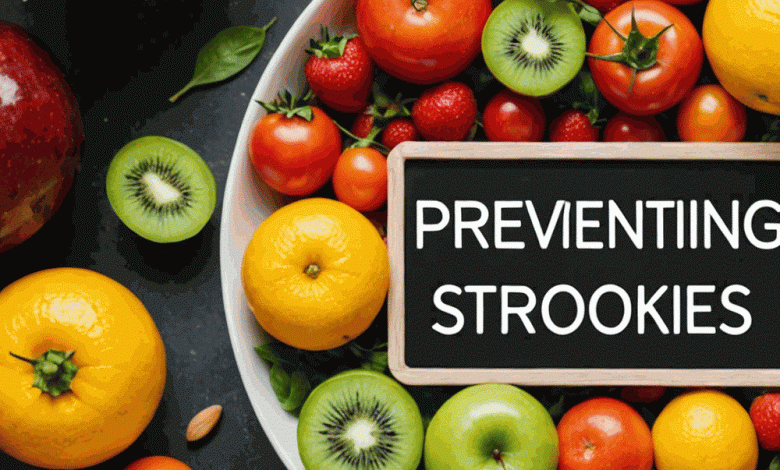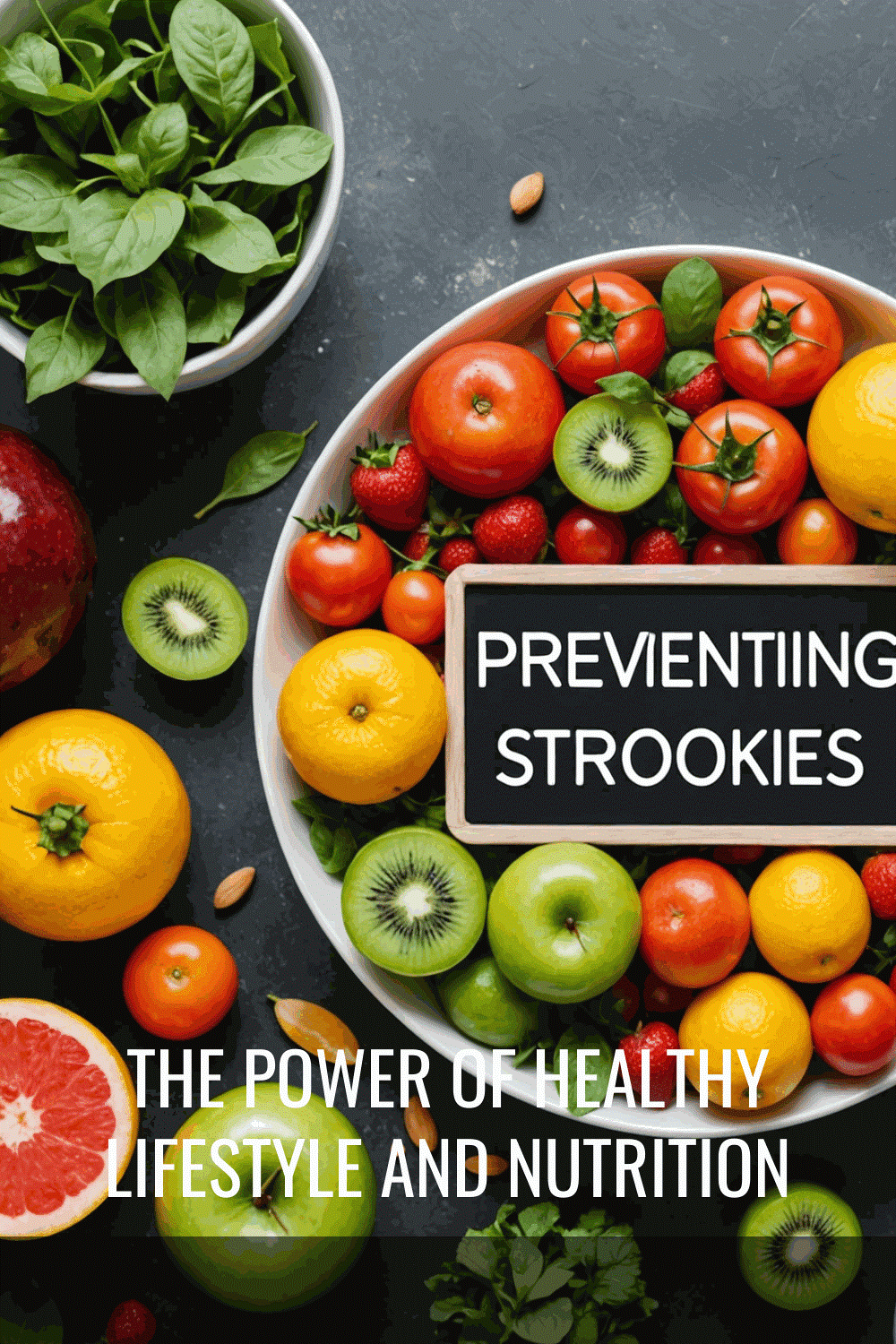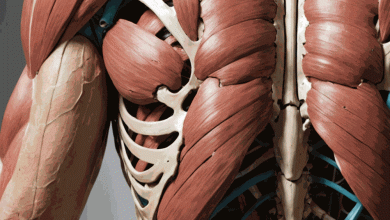Preventing Strokes: The Power of Healthy Lifestyle and Nutrition

Strokes – A Burdensome but Preventable Brain Disorder
Did you know that more than 90 percent of stroke risk is attributable to modifiable risk factors? Strokes are not only one of the leading causes of death and disability worldwide, but they also contribute to seizures, dementia, and major depression. The burden of stroke is significant, but the good news is that much of it is preventable with the right strategies.
Modifiable Risk Factors for Stroke – The Key to Prevention
A groundbreaking study funded by the Bill & Melinda Gates Foundation, known as the Global Burden of Disease, revealed that more than 90 percent of stroke burden can be attributed to modifiable risk factors. While some factors may be more challenging to modify than others, every effort counts. For instance, did you know that 10 percent of healthy life years lost due to stroke may be caused by ambient air pollution? Though moving to a location with cleaner air is an option, quitting smoking is an even more effective way to reduce stroke risk, accounting for 18 percent of stroke-related deaths and disability.
The Role of Diet in Stroke Risk Reduction
When it comes to stroke burden, diets high in sodium and salt are as detrimental as smoking. However, inadequate fruit and vegetable consumption poses an even greater risk. In fact, nearly half of the stroke death and disability attributed to modifiable risk factors can be linked to a lack of fruits and veggies in our diets. Research shows that consuming more fruits and vegetables has a direct impact on stroke risk reduction.
Fruit and Vegetable Consumption – A Powerful Tool against Stroke
It’s no secret that eating fruits and vegetables is beneficial for our overall health. In terms of stroke prevention, the benefits are even more apparent. Studies have shown a direct relationship between increased fruit and vegetable intake and lower stroke risk. For every 200-gram increase in fruit consumption, the risk of stroke decreases by 32 percent. Similarly, consuming an equivalent amount of vegetables results in an 11 percent lower stroke risk. Citrus fruits, apples, pears, and dark green leafy vegetables, including green tea, have emerged as particularly potent options.
Garlic – A Natural Preventative Measure for Stroke
Did you know that garlic is so potent that it can be compared to a sugar pill in randomized controlled trials? Research has shown that consuming just a quarter teaspoon of garlic powder daily can prevent the progression of carotid intima-media thickness (CIMT). This refers to the thickening of major artery walls and serves as a key predictor of stroke risk. Adding garlic to your diet is not only affordable but also makes your food yummier!
Nuts – A Simple Addition to Reduce Stroke Risk
Studies have highlighted the positive impact of nut consumption on stroke prevention. The PREttyMED trial, which was later retracted and republished due to irregularities, reported a 46 percent decrease in stroke risk among those who consumed one ounce of nuts daily. That’s as simple as adding nuts to our daily diet, cutting the 10-year risk of stroke from 6 percent to 3 percent.
The Relationship Between Dairy, Eggs, Meat, and Soda with Stroke Risk
The impact of our dietary choices on stroke risk extends beyond fruits, vegetables, and nuts. Dairy, eggs, meat, and soda have also been studied in relation to stroke risk. Researchers have found a protective association between fruit and vegetable consumption and stroke risk. On the other hand, meat and soda consumption, especially when combined with a burger and a pork chop, can increase stroke risk by 60 percent.
The Controversy Surrounding Eggs and Stroke Risk
Eggs have been a topic of debate when it comes to stroke risk. While some meta-analyses funded by the egg industry have shown no apparent link, a study published in the Journal of the American Medical Association revealed a significant association between higher egg consumption and increased risk of cardiovascular disease and all-cause mortality. Moderation is key, and further research is required to fully understand the relationship between eggs and stroke risk.
The Impact of Dairy and Meat on Stroke Risk
When it comes to stroke prevention, it’s important to consider the effects of dairy and meat consumption. While dairy fats may be less detrimental than other animal fats, whole grains still emerge as a better alternative. Meat consumption, in particular, has been associated with increased stroke risk. On the other hand, vegetable fats have been found to be more beneficial. It’s essential to make informed food choices to reduce our risk of stroke.
Dietary Patterns and Stroke – The Protective Effect of Plant-Based Diets
Research demonstrates that plant-based dietary patterns have a protective effect against stroke. By adhering to diets rich in plant foods and low in animal products, we can significantly reduce our risk of stroke. Conversely, Westernized dietary patterns, characterized by the consumption of animal foods, added sugars, and fats, have been linked to an increased risk of stroke. These patterns have a detrimental effect on our health.
The Influence of Diet on Stroke Risk Disparities, Particularly in African Americans
Stroke risk disparities are particularly prominent among African Americans, who are five times more likely to die from stroke in middle age. These disparities are largely attributed to the higher incidence of strokes in this population. The consumption of Southern-style diets, high in fried foods and meat, may play a significant role. On the other hand, adherence to plant-based diets has been shown to reduce stroke risk. Education and awareness are crucial in promoting healthier lifestyle choices.
The First Study on Stroke Incidence in Vegetarians and Vegans
Surprisingly, until recently, there had been no studies on the incidence of stroke in vegetarians and vegans. However, a world-class research team from Epic-Oxford conducted a groundbreaking study on this subject. The findings were both surprising and intriguing.
Understanding the Results: Stroke Risk in Vegetarians and Vegans
The study revealed that vegetarians and vegans had a greater risk of stroke compared to meat eaters. At first glance, this may seem contradictory, but a closer look at the data reveals an explanation. The research team adjusted for various factors, such as smoking, age, and socioeconomic status. Despite vegetarians having lower blood pressure, which is typically associated with a reduced stroke risk, there were still more strokes among them. This suggests that there may be other factors in meat-free diets that increase stroke risk.
Considerations for Achieving Optimal Health and Stroke Prevention
While the study found a higher incidence of stroke in vegetarians and vegans, it’s essential to remember that a vegetarian or vegan diet promotes lower rates of heart disease, the leading cause of death. Stroke, on the other hand, ranks fifth. Therefore, even considering the increased stroke risk, adopting a plant-based diet is still a wise choice. By understanding the underlying factors contributing to stroke risk, we can work towards finding the best approach for overall health.
Conclusion: Promoting Healthy Lifestyle and Nutrition for Stroke Prevention
In conclusion, stroke prevention relies on multiple factors, including healthy lifestyle choices and nutrition. Along with quitting smoking and maintaining an active lifestyle, it is crucial to prioritize a healthy diet. The evidence overwhelmingly supports the protective association between fruit and vegetable consumption and stroke risk reduction. Incorporating garlic and nuts into our daily diet can further enhance our preventative measures. It is important to be mindful of the impact of dairy, eggs, meat, and soda on stroke risk. By adopting plant-based dietary patterns, we can significantly reduce our risk of strokes. Education and awareness are vital in achieving optimal health and promoting stroke prevention. Let’s reinvent our health through evidence-based nutrition!



